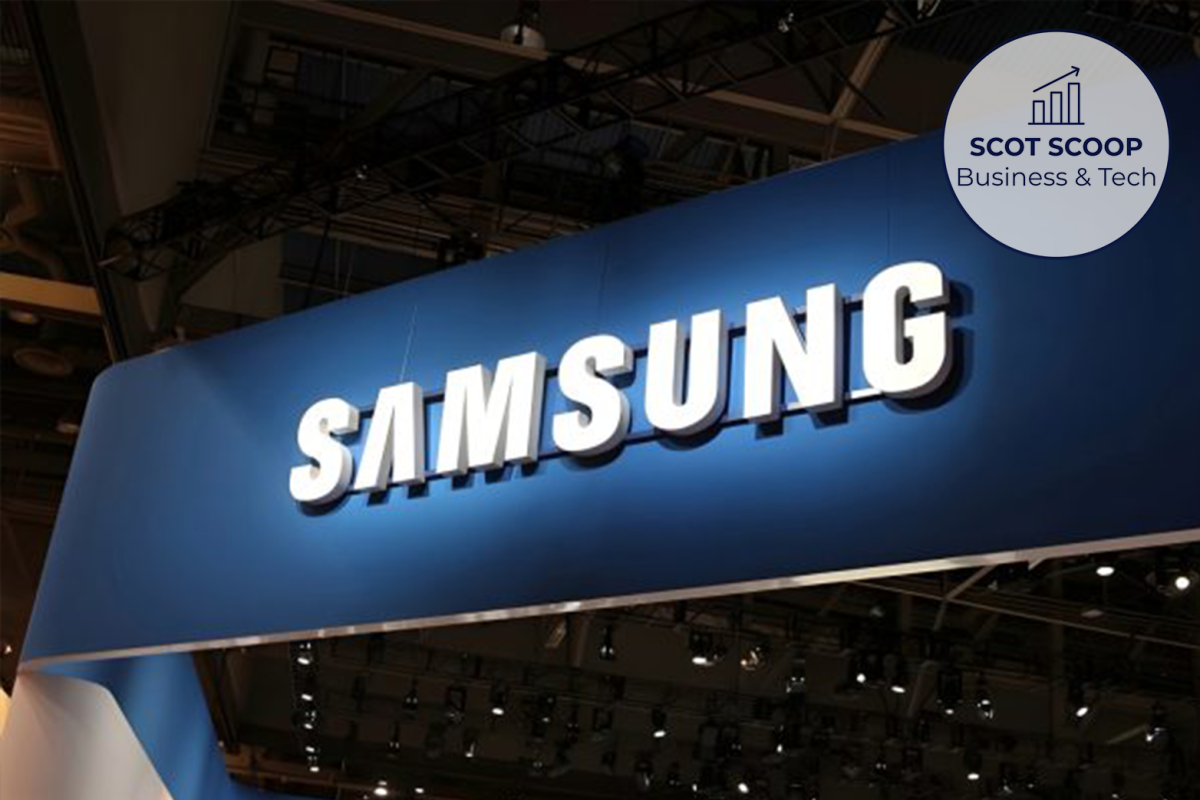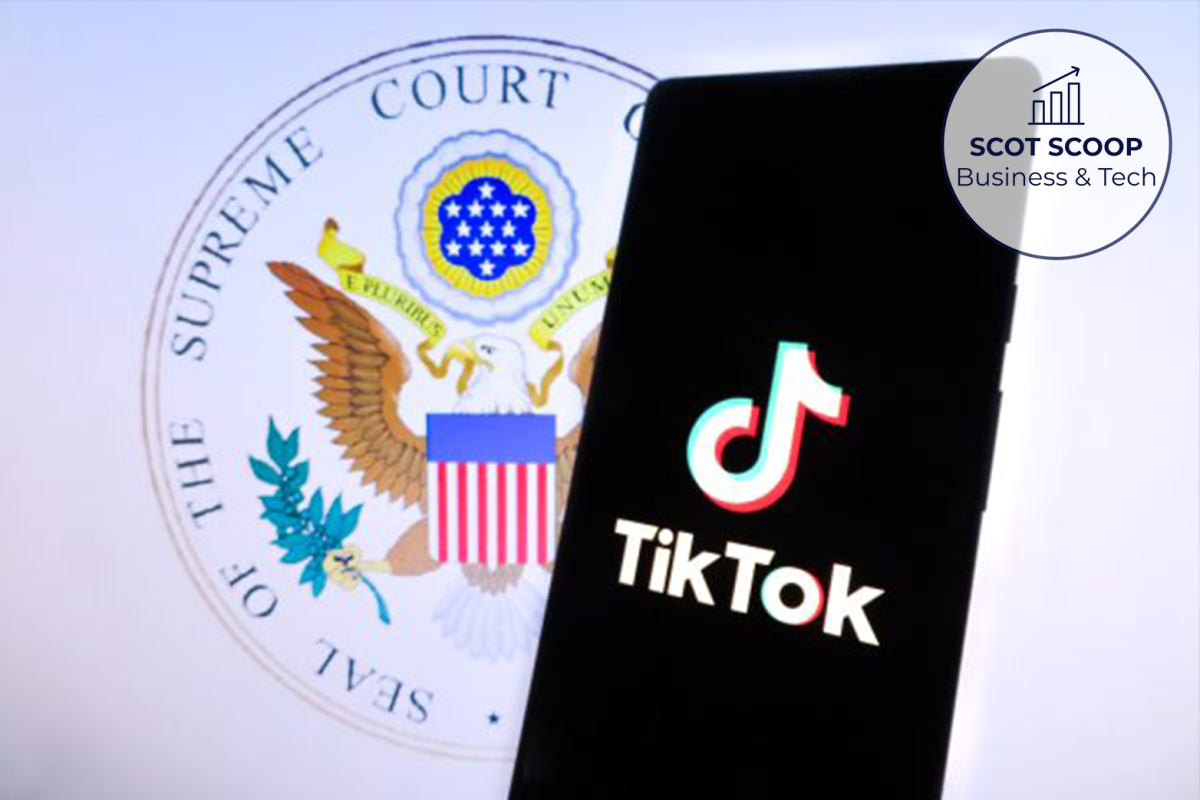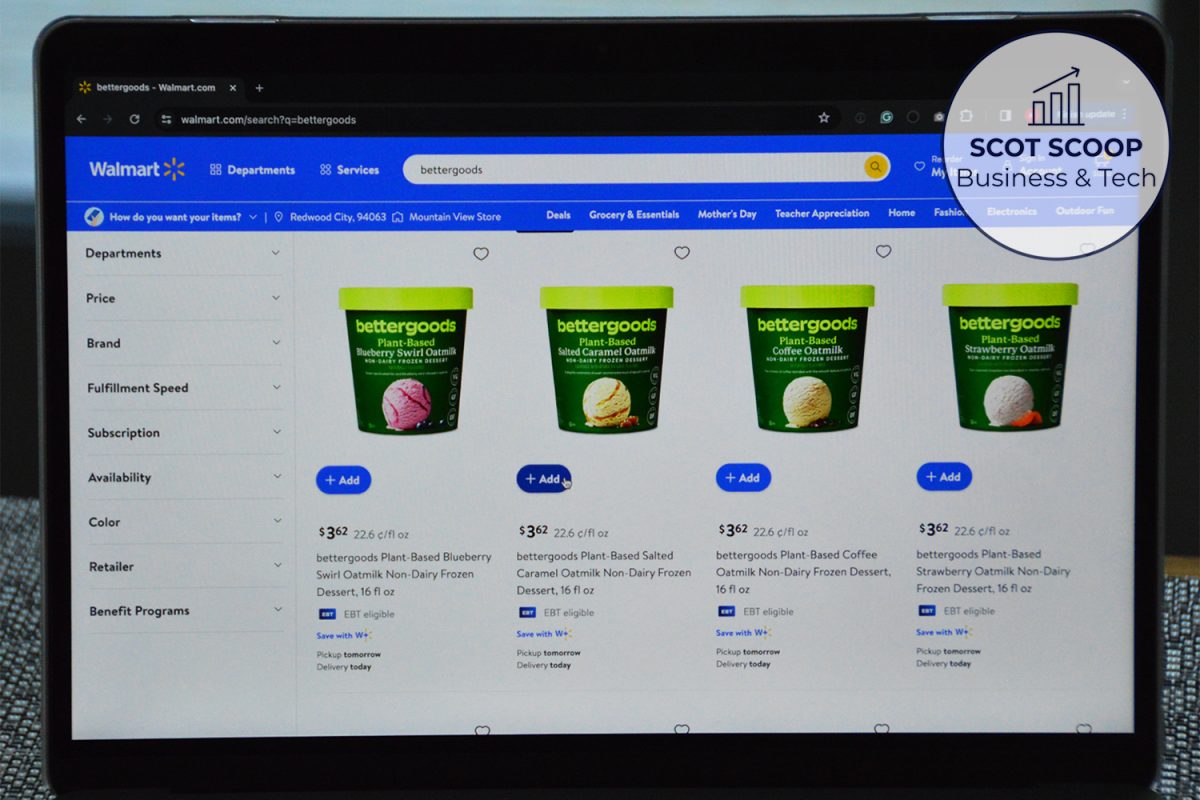For the past year, the online marketplace Temu has risen quickly to popularity in the United States.
From its slogan, “Shop like a billionaire,” to its Super Bowl ad jingle, it has rapidly become a household name. Bernstein Research estimates that Temu spent $3 billion on marketing in 2023. This spending has likely propelled its growth to becoming the most downloaded app on the Apple and Google app stores.
Broader effects
Temu’s ad spend has single handedly brought up ad prices everywhere. Meta, an ads and technology company, sold $2 billion worth of ad space to Temu in 2023. This amount of spending has brought up ad prices, as ad prices are determined by advertisers bidding for the ad spot.
These ad prices cost small businesses the most as small businesses have a relative lack of capital. Rising ad prices represent another hurdle for small businesses to overcome.
Temu’s low prices could also be hurting businesses. Without the scale and resources of retailers like Temu and Shein, a fast-fashion giant that was valued at above $45 billion earlier this year. In the fast-fashion space, companies like Shein and Temu are able to outcompete companies like Zara as they are able to offer lower prices where previously competitors were able to compete on price alone.
Source
Spending billions of dollars on advertisements would be impossible for most companies that launched in late 2022. Temu, though, is different. Most of its ad spend comes from its parent company, PDD Holdings, which is worth worth $165 billion and is the most valuable Chinese company listed in the United States.
PDD Holdings’ largest business is Pinduoduo, a Chinese e-commerce giant commanding 13.2% market share in China’s e-commerce sector. This capital allows PDD Holdings to splurge so heavily on Temu to capture market share in the U.S.
The ad spend is working — the company has gained 51.4 million users while taking a bite out of Amazon’s market dominance.
With Temu having no plans of slowing down, the only question is whether this strategy will lead to repeat buyers. In late 2023, the ratio of daily active users to monthly active users was 20%, up from 9% in the previous year. “That’s a good sign that it’s getting stickier,” said Andrew Lipsman, an e-commerce analyst, in January.












